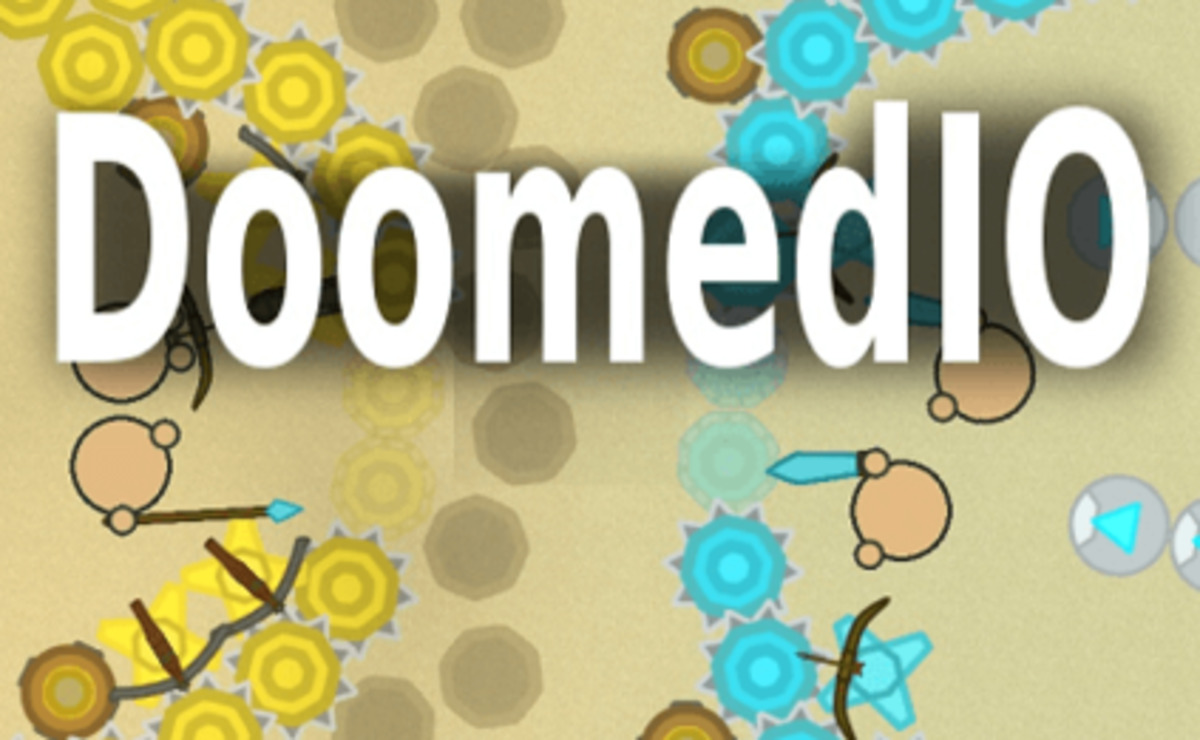


Remove all the tiles to complete the game. To select a tile, the tile must have either its right or its left side completely open, and there must not be any tiles on top of it, or even partially on top of it. Select two identical tiles to remove them from the play field. It contains the goal of the game, explanation about the tiles, what are valid moves, and when a game is finished. Its origins as a computerized game are also unclear, although it is believed to originate in 1989 with either the Tamtex arcade game Shisen-shou: Joshiryou-hen - Match It (hence the common name "Shisen-shou") or the LOG X68000 game Dragon.Read our extensive guide to the mahjong rules to get a detailed explanation on how to play mahjong. The origins of nikakudori as a tabletop game are currently unknown. Some computerized variants also have a "gravity" setting, in which removed tiles causes all tiles that are vertically above them to be moved downward (similar to SameGame). As the name shows, this path must form less than three right angles. All tiles are considered "open tiles", although matching tiles can only be removed from the board if they follow the rule of "nikakudori" (or "two-angle take"): when determining if two matching tiles can be removed, a path of 1-3 orthogonal (horizontal/vertical) line segments must be imagined between them so that no line touches any other tile.

Some games, such as Sarakon and Rong Rong, include stacked tiles with a rule that tiles can only be matched on the same layer. Some variants allow layouts of different shapes and sizes. The layout is now unstacked, with the most common version arranging the tiles to form a closed rectangle (usually 17×8).NikakudoriĪn uncommon variant of the game, known as either Nikakudori (loosely translated to "Two-Angle Take") or Shisen-shou (loosely translated to "Sichuan Province", also commonly referred to as Shisen-Sho, Shisen, Four Rivers, and Rivers), changes the way the board is presented while presenting a new rule: The five valid types of nikakudori paths. The first mainstream adaptation of the game was the 1986 Activision game Shanghai, which spawned a long-running series (notable for its many different variants, both single-player and multiplayer).ĭue to the sub-genre's popularity, especially with touch-screen devices, it is considered one of the main pillars of the "casual game" genre. As a computerized game, it originates with the 1981 game Mah-Jongg, developed by Brodie Lockard for PLATO mainframe computers. The origins of mahjong solitaire as a tabletop game are currently unknown. The Season and Flower tiles serve as "wildcards", with all Season tiles compatible with each-other and all Flower tiles compatible with each-other. Most variations use the entire set of 144 mahjong tiles, with four copies of the nine Character ("manzu") tiles, nine Dot ("pinzu") tiles, nine Bamboo ("souzu") tiles, four Wind ("kazehai") tiles, and three Dragon ("sangenpai") Tiles, and one copy of the four Season ("kisetsuhai") tiles and four Flower ("hanahai") tiles. Similar to most other solitaire games, the board can be made unwinnable if no valid pairs can be found, with the possibility of players beginning the game with an unwinnable state. While the tile setup is randomized, each game usually has various tile "formations", the most common of which is the five-layer "Turtle" (named for its resemblance to an upright shelled turtle, also known as "Shanghai" and "Dragon"). A tile is considered "open" if it has no tile above it and has one of its longer sides (generally on the left and ride sides) unobstructed by another tile. The goal of most games of mahjong solitaire is to remove all tiles from the board by matching pairs of "open tiles" (also known as "free tiles" or "exposed tiles"). It is sometimes known in Japan as Shanghai, in reference to the game series of the same name. As the game name is generally shortened to Mahjong (or Mah-Jongg), it is often confused with traditional mahjong. Mahjong solitaire is a sub-genre of puzzle games that utilize mahjong tiles and are generally played by a single player (similar to other "solitaire" games, such as card solitaire). This also highlights the most common formation, often known as the Turtle. Overview Mahjong Titans is a well-known example, as it was released with certain versions of Microsoft Windows.


 0 kommentar(er)
0 kommentar(er)
